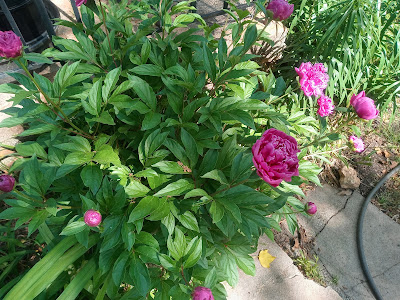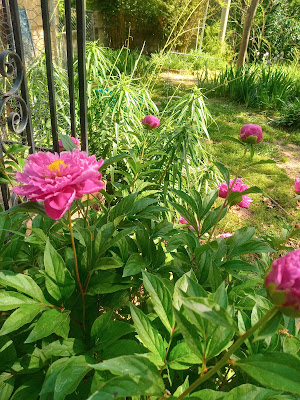Recently my brother bought me two Oleander flowering shrubs because he thought I would love the beautiful flower. He did not realize that all parts of the plant contained chemicals called cardiac glycosides which can affect one's heart and cause death if consumed.
Here are a few of my photographs of my Oleanders
Plant and grow Oleander in your yard but do take steps when planting that will keep you safe. The entire plant is so toxic that you must handle it with care. You don’t want the sap to get on your skin so dress in a long sleeve shirt, and pants and wear gloves that cover your wrists. A plastic shield to cover your face would also keep you safe from Oleander sap.
Grow the Oleander in full sun. Choose an area that has well-drained rich soil. Space accordingly leaving 3 feet apart as this plant needs plenty of room for spreading.
It’s a good idea to plant the oleander flowering shrub in the early spring or fall season when the days are cooler.
Planting Tips
Did a hole that is two times the size
in depth and width as the root ball.
Amend the backfill soil with compost The top of the root ball should be
level with the soil. You can also grow
Oleander in a container
Water the newly planted Oleander well so that the soil is evenly moist but not waterlogged. Water throughout the growing season in the morning so that the soil does not dry out.
For repeat blooms, you should fertilize the Oleander every two weeks during spring and summer. I like the miracle grow bloom booster that is attached to the hose.
Other Tips
Oleander will survive in the winter as long as the temperature does not go below 20 degrees Fahrenheit.
Known pests are caterpillars, mealybugs, spider mites, and aphids.


































